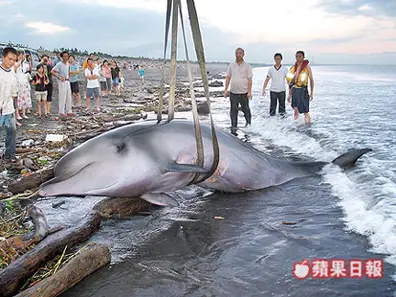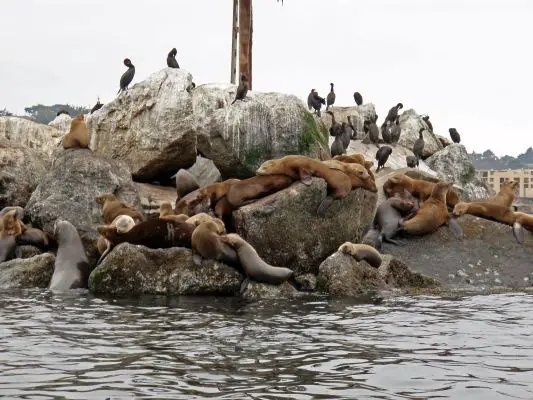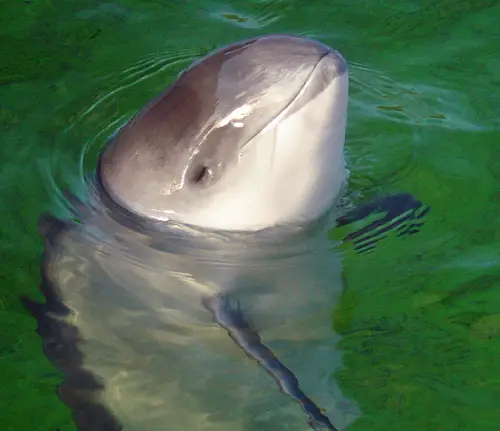Tropical Bottlenose Whale
Once considered the world’s rarest cetacean, the Tropical Bottlenose Whale, also known as Longman’s Beaked Whale or the Indo-Pacific Beaked Whale, has a long history full of being misidentified as other types of whales. Fortunately now, most of these issues have been resolved.
The reason why is has been misidentified as other whale species in the past is because they look rather similar to both beaked and bottlenose whales. Juvenile Tropical Bottlenose Whales have a very short beak, similar to a Bottlenose Whale however adult females have very long beaks that gently slope into a barely noticeable melon organ. In addition, the an adult’s dorsal fins are quite large and are triangular shaped, but when they are juvenile, they are small and swept back. We do not know what an adult male specimen looks like as none has ever washed up onto shore or beached themselves, however sightings of the Tropical Bottlenose Whale suggests that they have a bulbous melon, two teeth at the front of their beak, and scars from fighting with the teeth. They may also have scars from fighting cooiecutter sharks.
All we know about these animals for certain are about whales that have been beached. A female whale was beached in the Maldives, and was 6 meters long and had a 1 meter fetus. Another female whale was found in Japan, and was 6.5 meters long. This suggests that female species of Tropical Bottlenose Whales are about 6-7 meters long, which correlates to what reported sightings of this whale.
Their washed up carcasses indicate that they live in the Indian Ocean, from Southern and Western Africa and the Maldives, and up to the Pacific Ocean from Australia to Japan. However, if the claimed sightings of this whale are correct, they have also been seen in the Arabian Sea near Mexico, as well as the Gulf of Mexico which may mean that they live around the Atlantic Ocean as well. There are also many reports from the coasts of Hawaii that claim to have seen this rare whale, however none of these whales have ever come close enough to shore.
It has been observed that these animals travel in larger groups than any other species of beaked whales. They tarvel in groups of 10 to 100, however a group of about 15 to 20 is quite normal. The groups are quite cohesive, and it is thought that they associate with other sea creatures such as Bottlenose Dolphins and Short-Finned Pilot Whales. They also have been known to breach the surface in short blows, with their dives timed at between 18 to 25 minutes.
There are no records that this whale has ever been hunted, accidentally caught by Fishermen in their nets, or are affected by sonars. However, as this animal is really rare, their conservation and population numbers are unknown.
The Tropical Bottlenose Whale species just goes to show how little we know about our world.




